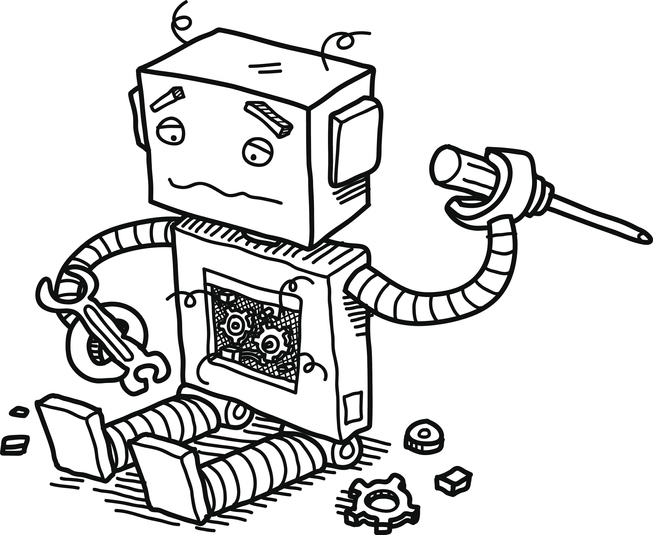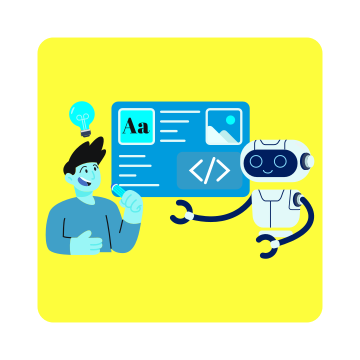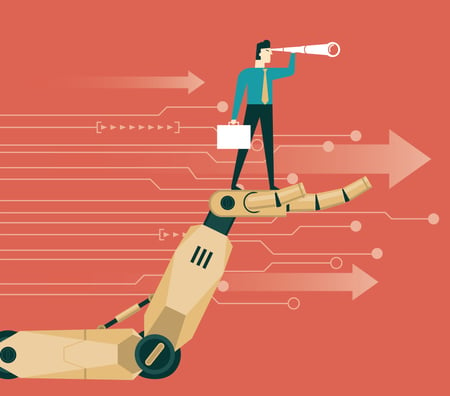How to Overcome the Top 3 Challenges of Poor RPA Governance to Maximize ROI
Recently, RPA (robotic process automation) has surged in popularity, with many companies rapidly adopting it based on the simple premise that it cuts costs and improves productivity. However, RPA software was oversold on the promise that it was so simple to use, a citizen developer could do it.
Unfortunately, RPA has turned out to be a bit more complicated than initially pitched. This is primarily due to its many interacting dependencies and reliance on evolving compliance regulations.
Much like the idiom of “killing the goose that lays the golden egg,” companies who quickly jumped on the RPA bandwagon without putting much thought into their long-term strategy are finding it difficult to manifest the sustained profitability RPA promised.
This is where RPA governance models come in, because without a good governance model, the consequences are severe.
The Biggest Consequences of Poor or Lacking RPA Governance Models
While this is not an exhaustive list, and we have identified several more challenges in our whitepaper – 7 Ways to Optimize RPA Governance and Maximize ROI – these are the most severe obstacles that lead to underwhelming ROI:
-
High Development and Deployment Costs
This can range from 40-50% of a new RPA program’s start-up cost and is the largest component of RPA’s total cost of ownership. The most common way automation design is communicated to developers is through archaic PDDs (process design documents) or SDDs (solution design documents), typically paper-based.
Without a proper governance model in place, and RPA development and deployment completed in such an outdated way, these automation programs are set-up to struggle right from their onset.
-
Increased Burden of Maintenance and Support
Since RPA is built on top of other systems and technologies, when one of these systems experiences a change or update, they naturally impact the bots that interact with them, causing them to break.
Once a bot has broken, a time-consuming investigation needs to take place to discover what went wrong. This reactive troubleshooting can be prevented if proper RPA governance is implemented, ensuring any required dependencies are mapped and tracked.
-
Inflated Total Cost of Ownership
When combined, these high development and deployment costs, in addition to the time and money spent on maintenance and support, results in 65% of RPA’s total cost of ownership. An effective RPA Governance system is essential to ensure that these costs don’t spiral out of control to the point where the promised ROI no longer justifies the means of implementing a robust RPA program in the first place.
So, what can be done to turn this all around? In our recent whitepaper, we outline 7 different solutions to help you set up an optimal RPA governance model. But to help you get started right away, here are 3 strategies you can implement to establish a solid RPA governance system within your organization and begin to see improvements to your program’s overall ROI:
3 Solutions to Improve Your RPA Governance Model:
-
Shared, Centralized Ownership and Governance Between Business and IT
A shared ownership model that is equally and collaboratively led by both business and IT has been proven to be the most effective. The business offers insight into process knowledge and enterprise objectives. At the same time, IT provides their technical knowledge to sort out what is or isn’t possible and how these different processes can be optimized for automation.
-
Establish Alignment, Visibility, and Knowledge Sharing
Along with having a centralized RPA governance model, it also helps to have centralized automation operations. This way, anyone involved in the success of your RPA venture can digitally collaborate, and all discussions are captured and preserved. If an RPA governance structure ever needs to audit why certain actions were taken or how processes have evolved over time, they can simply access this digital record.
-
Digitize and Template Automation Design and Planning
Software development has long moved on from basing their design on massive paper-based documents, and it’s time for RPA to catch up. Strong RPA governance depends on the implementation of digital templates for automation planning and design. Say goodbye to dated PDD’s and discover the benefits of Digital Blueprints.
Digital Blueprints are the new, better, digital way to design, plan, and communicate your automations. Digital Blueprints contain everything RPA initiatives need to deliver higher-quality automations within a well-defined RPA governance model.
Overall, Blueprint’s Enterprise Automation Suite provides the capacity to strengthen your RPA governance and accomplish each of the three solutions mentioned above.
Blueprint is the only cloud-based solution in the market that enables all RPA stakeholders to converge and collaboratively design, plan, and manage high-value automations with precision and ease.
To that end, Blueprint provides a centralized repository where all stakeholders can optimize, prioritize, discuss, and approve processes to be automated by building Digital Blueprints that enable optimal alignment and visibility.
Digital Blueprints contain the precise guidance and context RPA developers need, which results in:

Looking for even more ways to enable better RPA Governance and see better returns? Check out our recent whitepaper: 7 Ways to Optimize RPA Governance and Maximize ROI.
Share this
Recent Stories

7 Hidden Risks of Automation Design in Business

How to Set Up Your RPA CoE



